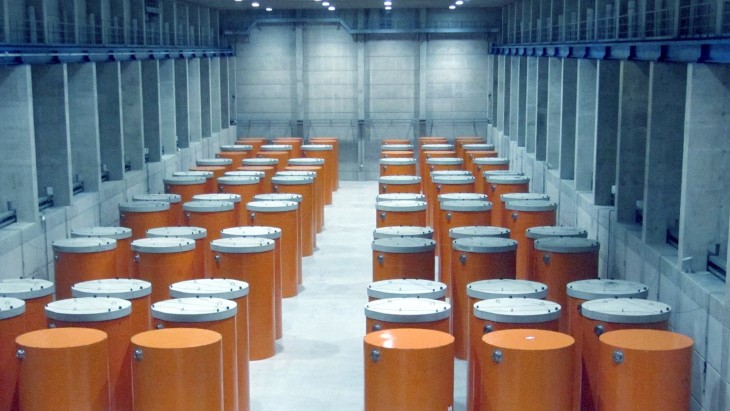Lithuania's Development Programme for the Management of Nuclear Facilities and Radioactive Waste 2021-2030, proposes that long-lived radioactive waste in the country will be stored in interim storage facilities until the end of their operational period when there will be final disposal in a geological disposal facility (GDF). The repository - a specially engineered structure several hundred metres underground - is expected to be constructed and commissioned in 2068. Lithuania's radioactive waste and used fuel comes from the Ignalina plant, which stopped operating in 2009, as well as from medicine, industry and research.
The location for the GDF's installation has yet to be determined but is expected to be approved by 2047. The concept prepared by that time will be adjusted depending on the progress of the project development, Ignalina NPP (IAE) said.
The preparation of the concept is a very important stage of the installation of a geological disposal facility, in order to involve the public and representatives of municipalities in the decision on the location of the installation, said IAE General Director Linas Baužys.
"This month we started public consultations with municipalities," he added. "From now on, by continuing them, we will have a concept of what the future radioactive waste disposal site will look like physically and what specific measures will be taken to ensure its safety."
The concept for the Lithuanian GDF was developed by Posiva Solutions Oy, a subsidiary of Finnish waste management company Posiva, under a contract signed in early 2022. Posiva is jointly owned by Finnish nuclear power companies and has developed that country's geological disposal facility at Olkiluoto. The repository is expected to begin operations in the mid-2020s, becoming the first of its kind in the world.
A GDF comprises a network of highly-engineered underground vaults and tunnels built to permanently dispose of higher activity radioactive waste so that no harmful levels of radiation ever reach the surface environment. Countries such as Finland, Sweden, France, Canada, the UK and the USA are also pursuing this option.
Two large RBMK reactors at the Ignalina nuclear power plant provided 70% of Lithuania's electricity until their closure in 2004 and 2009 as a condition of the country joining the European Union. The power plant is being decommissioned by Ignalina NPP, which has removed fuel from the reactors and placed it into dry casks for interim storage at the site. The decommissioning process is due to last until 2038.





_23621.jpg)

_63865.jpg)
_18570.jpg)





